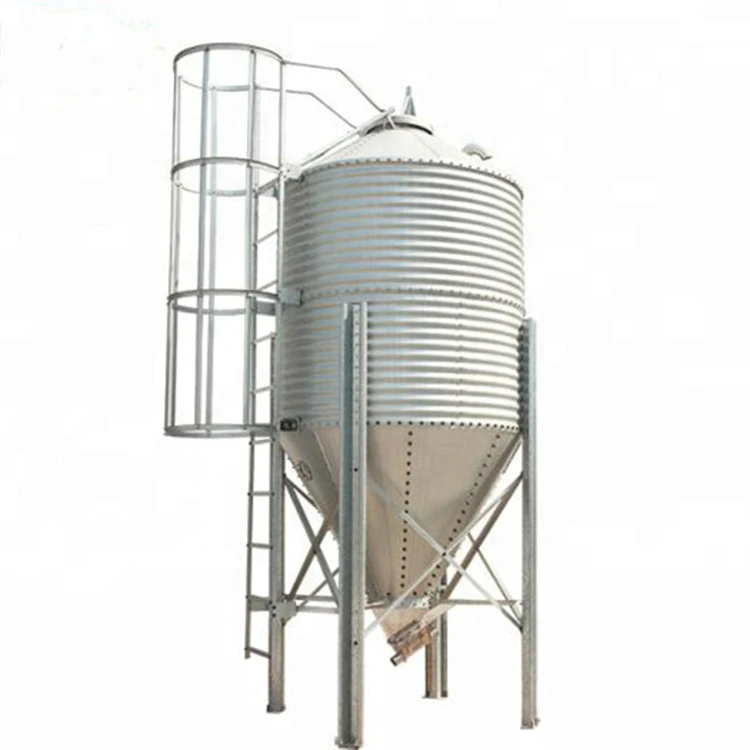floating feed making machine
Okt . 12, 2024 17:45 Back to list
floating feed making machine
The Evolution and Impact of Floating Feed Making Machines
In the ever-evolving world of aquaculture, the demand for efficient and high-quality feed production has reached unprecedented levels. Among the key innovations that have revolutionized this sector is the floating feed making machine. Designed to produce aquatic feed that floats on the water's surface, these machines play a crucial role in enhancing the livelihood of fish and shrimp farmers, ensuring healthier stock and sustainable practices.
Understanding Floating Feed
Floating feed is specially formulated to meet the nutritional needs of various fish species and other aquatic organisms. Unlike traditional sinking feeds, which often settle at the bottom of water bodies, floating feed maintains buoyancy, is easily accessible to fish, and reduces wastage. This format not only ensures better feed conversion ratios but also minimizes the environmental impact by limiting feed pollution in aquatic ecosystems.
The Mechanics of Floating Feed Making Machines
Floating feed making machines are sophisticated devices that incorporate various technologies to create high-quality feeds. Primarily, these machines consist of a mixer, pelletizer, dryer, and cooler. The process begins with the mixing of ingredients such as fish meal, corn flour, and vitamins, which are combined in specific ratios to create a nutritionally balanced feed base.
Once mixed, the feed is fed into a pelletizer, where extreme pressure and temperature are applied to form pellets. This process is crucial as it ensures that the feed takes on the desired floating characteristics. The pellets are then dried to remove excess moisture, making them buoyant and durable, suitable for storage and further use.
Benefits of Using Floating Feed Making Machines
floating feed making machine

1. Improved Nutrition and Growth One of the primary advantages of floating feed is its nutritional quality. With the ability to customize formulas, aquaculturists can ensure that the feed meets the specific requirements of their aquatic stock, promoting faster growth rates and improving overall health.
2. Enhanced Feed Efficiency Floating feed allows for easier monitoring of feeding habits. Farmers can observe how much feed is consumed, which helps in adjusting feeding schedules and quantities to optimize growth while minimizing waste.
3. Economic Viability Though the initial investment in floating feed making machines may appear significant, the long-term benefits far outweigh the costs. Reduced feed waste, improved growth rates, and healthier fish stocks contribute to an increase in profitability for aquaculturists.
4. Sustainability The use of floating feeds can support more sustainable practices in aquaculture. By minimizing feed loss to the bottom of ponds and lakes, the environmental impact is reduced. Moreover, the ability to produce customized feeds can lead to a decrease in reliance on overfished fishmeal sources.
Advancements in Technology
Recent advancements in technology have further enhanced the efficiency and capabilities of floating feed making machines. Automation and smart technology allow for precise control over the mixing and extrusion processes, leading to consistent product quality. Furthermore, the incorporation of alternative protein sources, such as plant-based ingredients and insect meal, has opened new pathways for sustainable feed production.
Conclusion
The floating feed making machine is more than just a piece of equipment; it represents a significant step forward in the field of aquaculture. As the global population continues to rise, and the demand for sustainable food sources increases, such innovations are crucial. By facilitating the efficient production of high-quality floating feeds, these machines not only contribute to the profitability of aquaculture operations but also play a vital role in promoting environmentally responsible practices. With ongoing technological advancements, the future looks promising for floating feed making machines and the aquaculture industry as a whole.
-
High Performance Exhaust Fan – Efficient Ventilation Solutions for Home
NewsJun.10,2025
-
High-Quality Gestation Pen for Sows Durable Mobile Pig Pen & Simple Pig Pen Solutions
NewsJun.10,2025
-
High Quality Rabbit Cage Double Tier Designs & Welded Wire Mesh Supplier
NewsJun.10,2025
-
Floating Fish Feed Machine - High Efficiency Floating Fish Feed Extruder for Small Scale Production
NewsJun.10,2025
-
Premium Poultry Housing Solutions Mobile & Commercial Free Range Options
NewsJun.10,2025
-
Industrial FRP Fans Corrosion-Resistant Blades & Centrifugal Systems
NewsJun.09,2025






